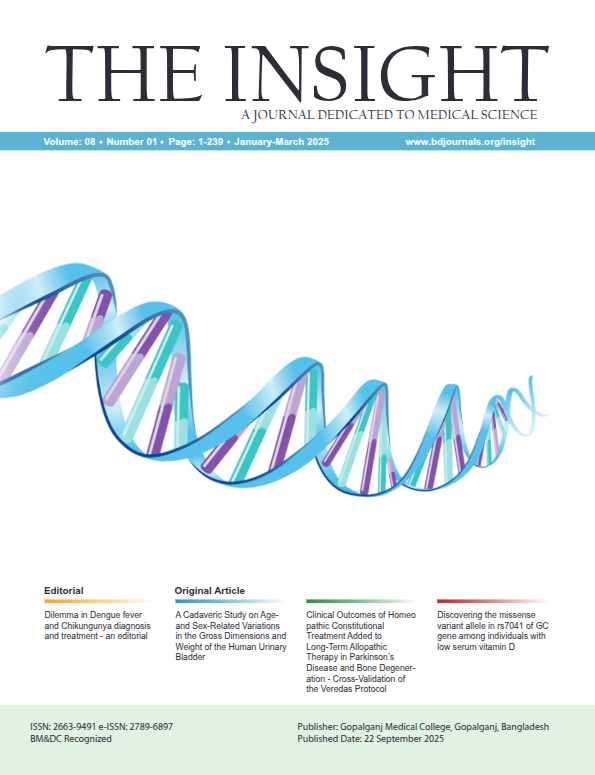Abstract
Introduction: Eagle's syndrome is marked by the elongation of the styloid process. It leads to various cervicofacial symptoms that can greatly affect a patient's quality of life. Even though it occurs in 4% of the general population, cases that show symptoms and require surgery are often hard to diagnose and treat. This study looks at surgical results and factors that affect complications after surgery in patients who had a styloidectomy. Methods & Materials: This is a retrospective analysis involving 100 patients who had a styloidectomy. Clinically diagnosed patients had their condition confirmed with 3D-CT scans or panoramic radiographs. Surgical approaches included intraoral (65%), extraoral (30%), and bilateral procedures (5%). Data were analysed using SPSS version 26, conducting logistic regression to find predictors of complications. Results: The majority of the patients were females, accounting for 60%, with a majority aged between 31 and 60 years (71%). Throat pain was the most common symptom (82%), followed by dysphagia (55%) and a foreign body sensation (48%). Complete symptom relief was seen in 68-83% of cases, depending on the type of symptom. Patients with symptoms lasting less than 6 months showed an 82.9% improvement, while those with symptoms lasting more than 12 months had a 63.9% improvement (p=0.012). Age over 60 years (OR=2.45, p=0.046) and bilateral surgery (OR=3.10, p=0.025) were significant predictors of complications. Conclusion: Styloidectomy offers excellent results for patients with Eagle's syndrome, especially with early surgical intervention leading to better outcomes. Age and bilateral surgery significantly affect complication rates, highlighting the need for careful patient selection and planning before surgery.

This work is licensed under a Creative Commons Attribution 4.0 International License.
Copyright (c) 2025 The Insight





 PDF
PDF